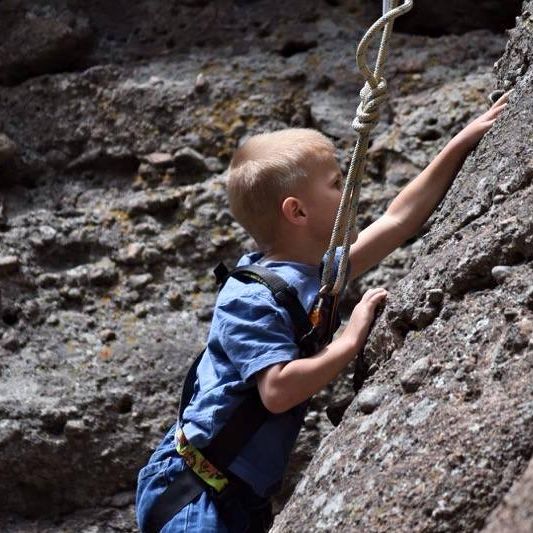Cultivating our Minds: Active Learning in the Classroom

Not long ago, one of my students declared in frustration, “Grammar is one of those things that you either get or you don’t.” I’ve heard this explanation of learning applied to a number of disciplines—you either understand math or you don’t; you are good at art, or you aren’t; poetry makes sense, or it doesn’t. Unfortunately, frustrated students are not the only ones who make such claims. I have heard them from parents, the media, even fellow teachers. What dismays me is the view of learning these statements espouse: learning is something that passively happens to you. Either you were endowed at birth with a magical ability to “get it” or you weren’t and nothing that you can do will change that. What a depressing and misguided thought.
While there are certain cognitive traits that can make learning seem easier for some people, educational research tells us that individuals who take an active approach to learning tend to do better and learn more than those who don’t. This aligns with scripture which reminds us that man was created to cultivate the world around him.[1] The practice of active agency in learning is far more beneficial than passive receptivity. It is a better predictor of success than many other factors. So what does this mean for students?
 All of us can improve both our memory and our ability to transfer knowledge to unfamiliar situations with active effort. The most effective learning takes place when students are faced with desirable difficulty—a learning task that requires effort at a level slightly beyond the expected level for students.[2] Unfortunately, this effort is hard and most of us don’t naturally choose to do things the hard way. In fact, in their research, Brown, et al., discovered that most people revert to study patterns that require less effort even after experiencing greater learning using more difficult study techniques.[3] As fallen people, we want to believe that we can somehow get something for nothing—or as close to nothing as possible. We want to abandon our calling to cultivate in favor of an easier path.
All of us can improve both our memory and our ability to transfer knowledge to unfamiliar situations with active effort. The most effective learning takes place when students are faced with desirable difficulty—a learning task that requires effort at a level slightly beyond the expected level for students.[2] Unfortunately, this effort is hard and most of us don’t naturally choose to do things the hard way. In fact, in their research, Brown, et al., discovered that most people revert to study patterns that require less effort even after experiencing greater learning using more difficult study techniques.[3] As fallen people, we want to believe that we can somehow get something for nothing—or as close to nothing as possible. We want to abandon our calling to cultivate in favor of an easier path.
As teachers, we can empower our learners to become active agents in their own learning by providing opportunities for students to grapple with difficult tasks and concepts. This might be providing an example of a real world issue as a hook and asking students how they would go about solving it using the concepts they’ve been studying. Or perhaps challenging students to synthesize two previous lessons to come up with a new approach to a problem set. Even asking an open-ended question and encouraging a robust student discussion can trigger the type of mental challenge that we want for our students.
 I’ve found that the hardest part for me in designing this type of learning activity is getting myself out of the way. My tendency is to want to jump in and direct the students, to help them discover the answer. I want to prevent them from taking wrong turns or making common mistakes. Unfortunately, when I do this, I am unwittingly preventing my students from doing the work of thinking themselves. I am hindering, rather than empowering, learning.
I’ve found that the hardest part for me in designing this type of learning activity is getting myself out of the way. My tendency is to want to jump in and direct the students, to help them discover the answer. I want to prevent them from taking wrong turns or making common mistakes. Unfortunately, when I do this, I am unwittingly preventing my students from doing the work of thinking themselves. I am hindering, rather than empowering, learning.
A second challenge is remembering to set aside enough time to allow students to do this type of active thinking. I need to leave more than the amount of time I think it should take to come up with a workable solution. I also need to build in time to let the students fail, and then try again. This means that I have to watch my own tendency to dominate class time with teacher talk. Preparation—both in instruction and in setting up the learning activity—is key to addressing this challenge.
In the end, however, the learning rewards for the students are worth the extra work. Teaching students to become cultivators of their minds is just one way we can honor the image of God in our students and equip them to become better learners in the process.
Coordinator of Teacher Education
TeachBeyond Global
Photo Credits: Rock Climbing. C. Hunsberger. 2015. Classwork. GagliardiImages. via Shutterstock.



